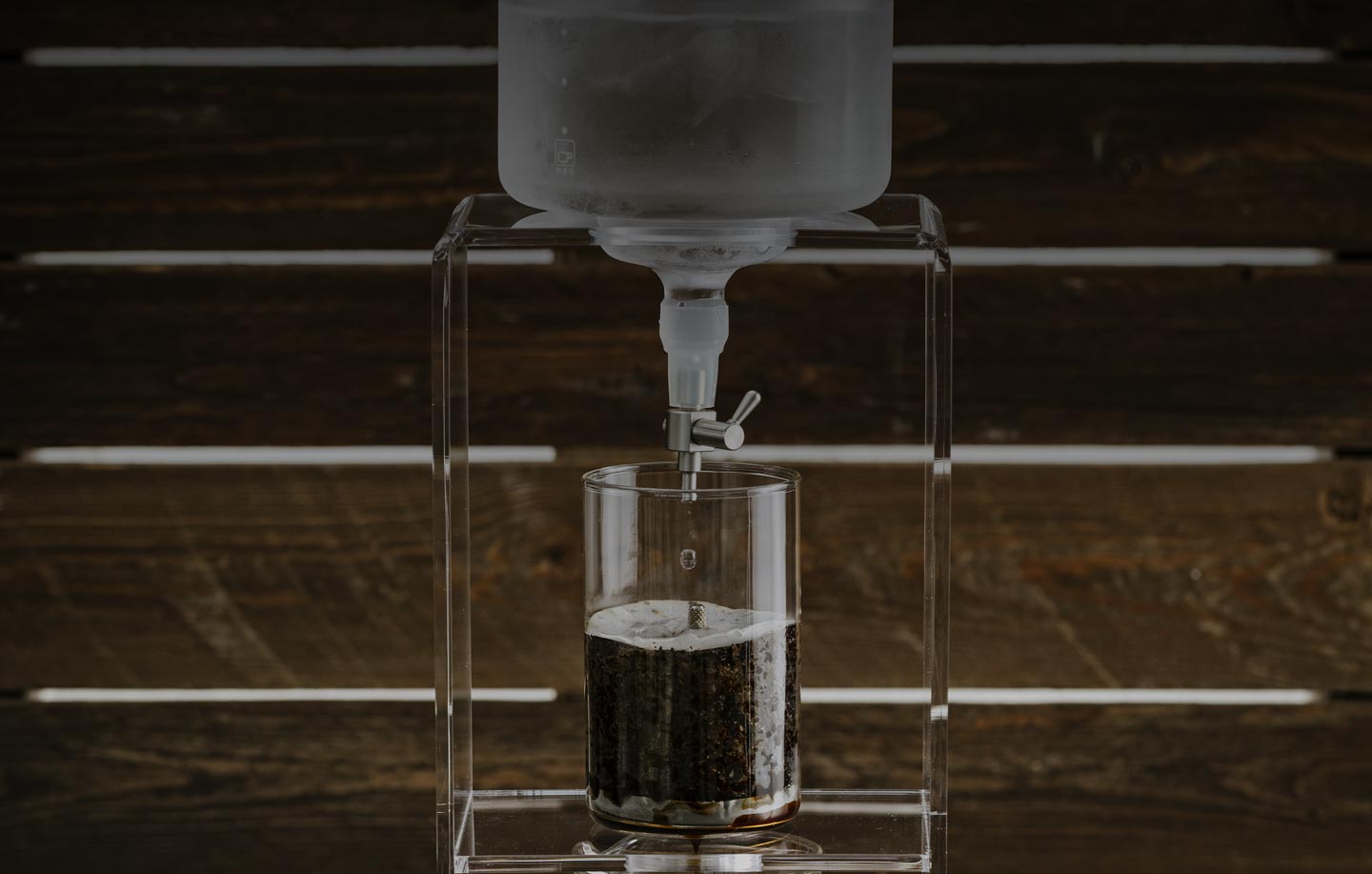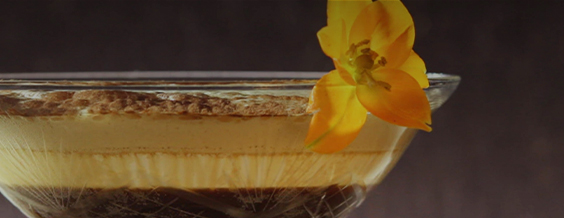*Lavazza is not affiliated with, endorsed or sponsored by Nespresso


Cold brew coffee: everything about this drink
As the temperatures rise, there is nothing better than a smooth easy-to-make cold brew coffee to chill your day! With the following article we are about to reveal a few curiosities about this amazing coffee summer beverage.
What is cold brew coffee?
First of all, let’s make a distinction: cold brew and iced coffee are two different things. Although they both involve coffee over ice, they differ a lot in terms of taste and acidity.
Cold brew is made by steeping coarse coffee grounds in cold water for a quite extended period of time, usually lasting 12-24 hours, after which it is strained. This peculiar brewing process grants a less acidic yet smooth drink, which is served over ice. It can be both concentrated or combined with water or milk, depending on the desired strength. On the other hand, iced coffee is traditionally brewed just before being poured over ice, or alternatively poured over it while still hot.
The origins of this drink
Who invented cold brew coffee? A very first evidence of a coffee beverage made with cold water is to be found in Kyoto, Japan. It is known that Japanese were brewing coffee already in the XVI century. The beans may likely have reached the Japanese coasts since the Dutch merchants – they were the only ones who were in fact allowed to trade in Japan – were probably carrying them on their ships during their ocean crossings.
Instead of submerging coffee grounds for hours, Kyoto-style coffee is brewed drop by drop, while every single bead of water is poured through the coffee grounds. This method gives birth to a traditional, enchanting and beautiful to see process.
From Thailand to Vietnam and India, many Asian countries have conceived their own version of the cold beverage, mostly based on the hot-brewed coffee method and sometimes using instant coffee. As for the United States, cold brew coffee has become popular only in the last decade. In recent times a few cold-brew systems recalling the one that once upon a time one could easily be found in Kyoto have begun to appear in cafes and coffee shops around the US.
This new trend probably has to do with a couple of simple reasons. First of all, the preparation of cold brew coffee is quite practical and requires little manual labour, which makes them perfect for coffee shops intending to display coffee as a form of art. Secondly, it is indeed a very creative and original way to craft a delightful and elegant coffee experience. Last but not least, this delightful coffee drink can emphasize the original characteristics of a single-origin coffee better than many other ones!
The best coffee for cold brew coffee
Let’s make it clear! The right way to answer is you are free to use your favourite medium or dark roast. Although you can go for the quality you prefer, it is highly suggested to pay attention to the grinding size. It is size itself that matters significantly since you will actually need coarse ground coffee.
Cold brew coffee lets different flavour profiles emerge from your beans, that is why you may discover you are up for trying different roasts for it, than those you prefer when having a hot brewed coffee. While lighter roasts generally tend to play up the acidic qualities, with cold brewing they will be put to rest. As you are going to find out yourself, darker roasts will certainly turn out to be more suitable.
Notwithstanding, a medium dark roast preferably 100% Arabica will provide your cold brewing process a lovely nutty and chocolate flavour, resulting in am enveloping and smooth aroma. However, feel free to experiment and find out which choice may match your taste!
Contrary to what many might think, coffee has been enjoyed cold for ages and may have been the standard way to have it for several communities. We are pretty glad to observe this habit is being widely rediscovered by coffee shops and coffee lovers as summer approaches!





















